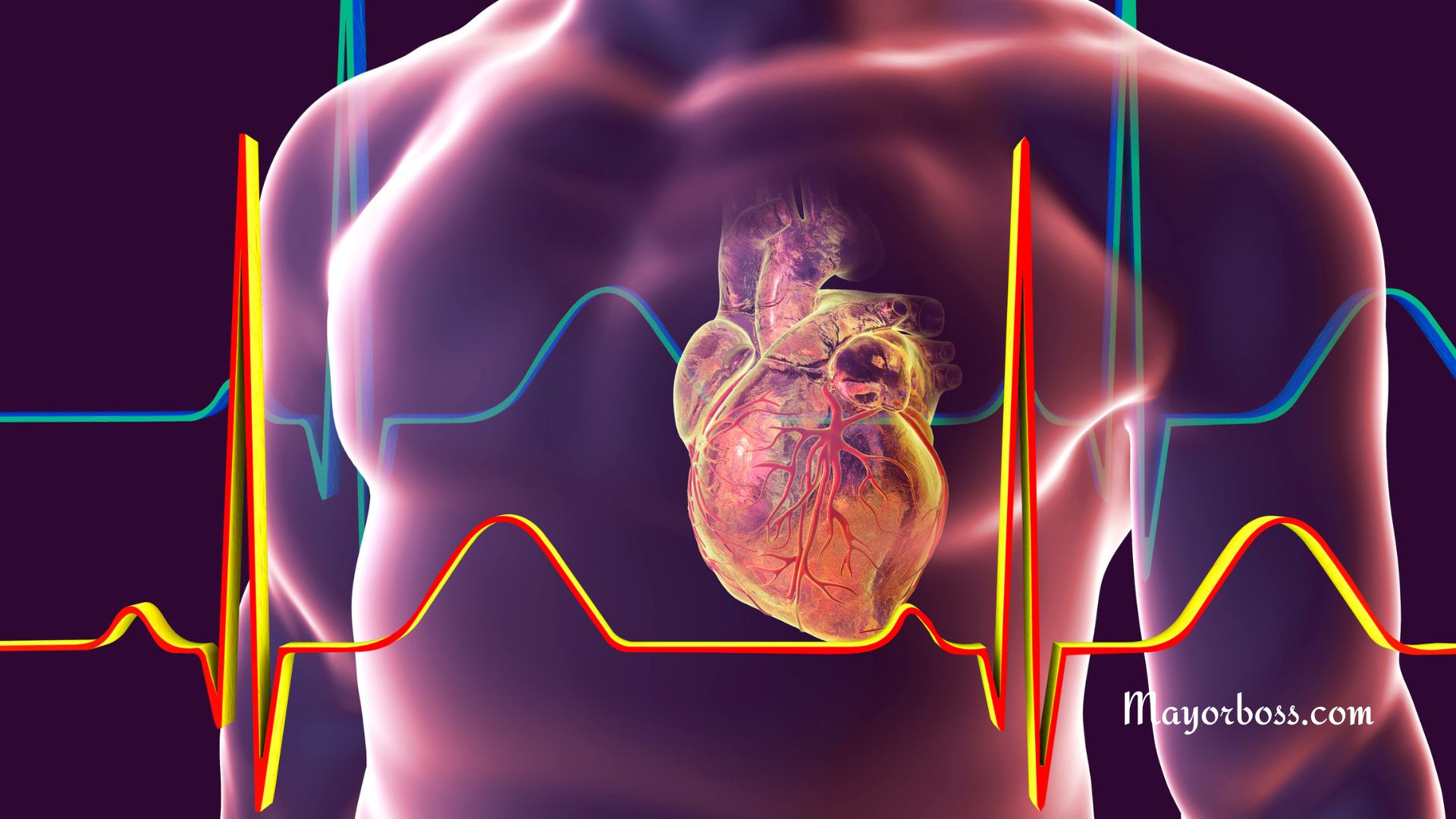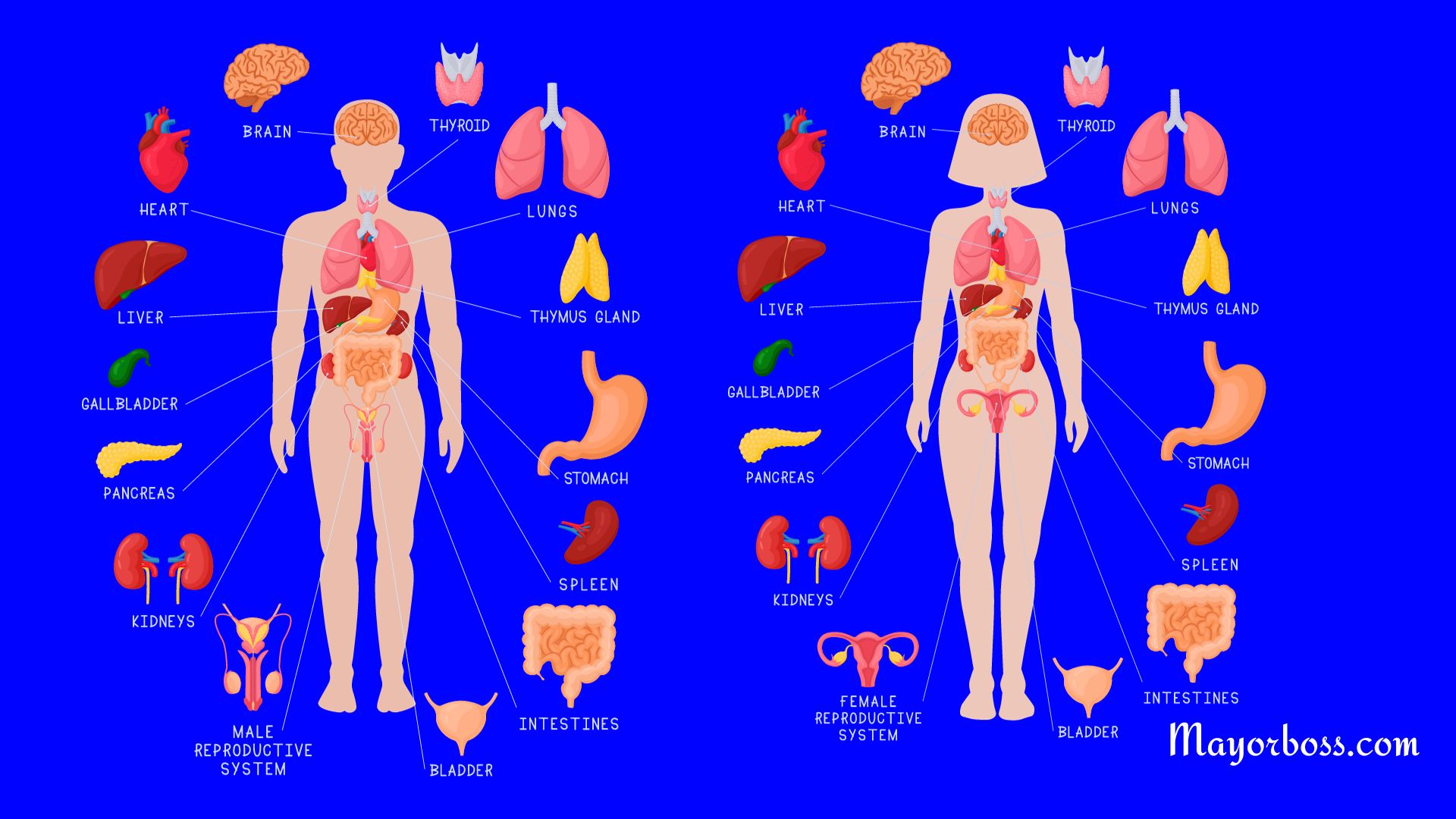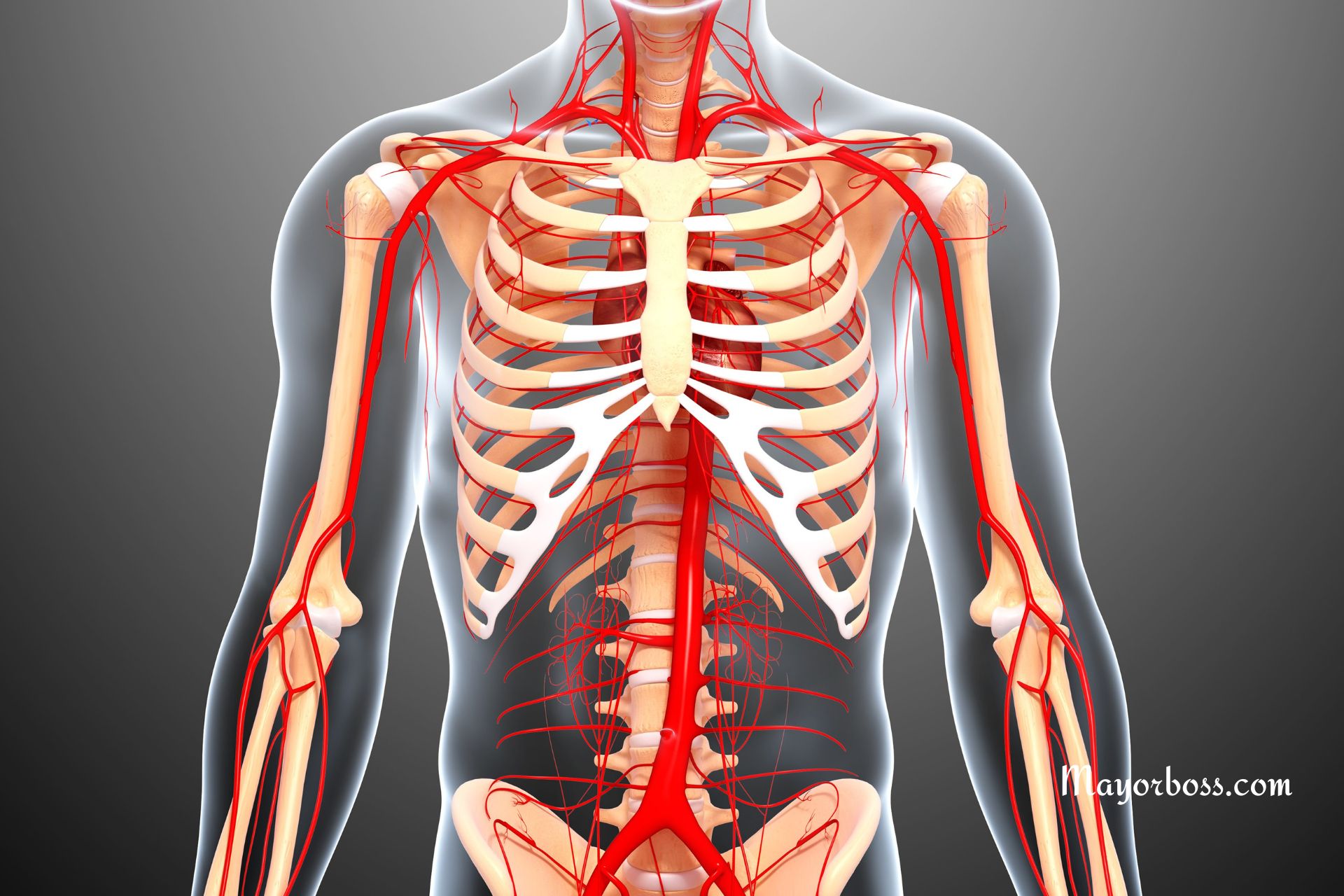Which Side Is Your Heart On?
Which side is your heart on? Your heart is located slightly to the left side of your chest. Contrary to popular belief, it’s not entirely on the left side; it’s more nestled between your left and right lungs. It’s just that a larger portion leans toward the left. So, why is this setup important? Well, the heart’s location plays a crucial role in how it functions and impacts your overall health.
Why is Your Heart Slightly to the Left?
Your ribcage is like a natural shield, and smack dab in the middle is where your heart resides. The interesting bit is that about two-thirds of your heart tilts to the left. This skewing is due to the design of your heart chambers and how they pump blood.

The Role of the Heart Chambers
Your heart has four chambers: two atria and two ventricles. The left ventricle, which pumps oxygen-rich blood to the rest of the body, is more muscular and robust than the right one. Consequently, the heftier left ventricle nudges most of the heart to the left.
Evolutionary Factors
Over time, the human body has evolved to optimize function. The heart’s slight leftward tilt could also be an evolutionary adaptation. This positioning allows for more efficient pumping of blood, optimizing how oxygen and nutrients circulate through your body.
How Does Heart Position Affect Health?
Symmetry and Function
You might think that a perfectly symmetrical body would be ideal. However, asymmetry, like your heart’s position, can actually improve function. Research suggests that this orientation allows the heart to work more efficiently, making it easier for you to do everything from running to simply breathing.
Diagnostic Importance
Knowing the heart’s location is not merely trivia; it’s critical for healthcare. For instance, if you feel pain in your chest, being aware of where your heart is can help differentiate between a heart issue and something less serious, like muscle pain.
What If My Heart Were on the Right Side?
Dextrocardia
Some people are born with a condition called dextrocardia, where the heart is on the right side. Often, this doesn’t cause any problems, but it can be associated with other anatomical irregularities that require medical attention.
Surgical Procedures
If you ever need heart surgery, the surgeon needs to know the exact location of your heart. For people with dextrocardia, surgical approaches may need to be modified to ensure success.
In Conclusion
While the heart’s location is vital for its function and for medical diagnosis, it’s also important to note that a well-functioning heart depends on various other factors like lifestyle, diet, and exercise. Therefore, while you should be aware of where your heart lies, also focus on keeping it healthy.
Put it in a nutshell. Your heart sits mostly to the left, but it’s practically in the middle of your chest. This unique placement is critical for both everyday function and medical procedures.
Further Reading: What Organs Are On the Right Side of Your Body?






